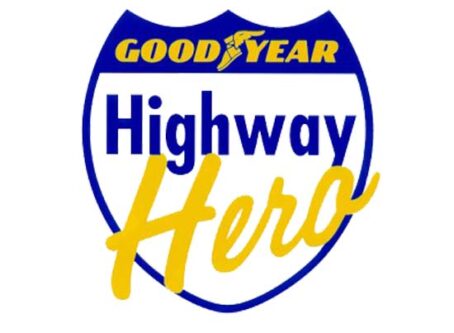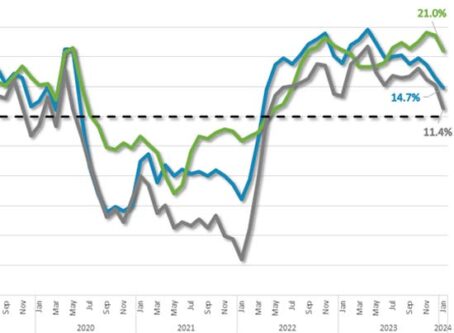OOIDA offers course for potential owner-operators
The Commercial Vehicle Safety Alliance’s annual enforcement campaign, International Roadcheck, is scheduled to start Saturday.
Over the 72-hour period on June 4-6, commercial motor vehicle authorities in jurisdictions throughout North America will conduct inspections on commercial motor vehicles and drivers.
Here is what CVSA calls a roadside inspection vehicle cheat sheet of items to check.
Each year, International Roadcheck places special emphasis on a category of violations. This year’s focus is steering and suspension systems. While checking vehicle compliance is always part of the North American standard inspection program, CVSA is highlighting steering components and suspension systems this year as a reminder of their importance to highway safety, according to a news release.
During International Roadcheck, CVSA-certified inspectors will primarily conduct the North American standard Level I inspection, a 37-step procedure that includes an examination of driver operating requirements and vehicle mechanical fitness. Inspectors may opt to conduct the Level II walk-around driver/vehicle inspection, Level III driver/credential/administrative inspection or Level V vehicle-only inspection.
The vehicle inspection includes checking critical items such as brake systems; cargo securement; coupling devices; driveline/driveshaft; driver’s seat (missing); exhaust systems; frames; fuel systems; lighting devices (headlamps, tail lamps, stop lamps, turn signals and lamps/flags on projecting loads); steering mechanisms; suspensions; tires; van and open-top trailer bodies; wheels, rims and hubs; and windshield wipers.
Additional items on buses, motorcoaches, passenger vans or other passenger-carrying vehicles include emergency exits, electrical cables and systems in engine and battery compartments, and seating (temporary and aisle seats).
Drivers will be required to provide their driver’s license (operating credentials), Medical Examiner’s Certificate and Skill Performance Evaluation Certificate (if applicable), driver’s record of duty status and vehicle inspection report(s) (if applicable). Inspectors will also check drivers for seat belt use, sickness, fatigue and apparent alcohol and/or drug impairment.
If no critical vehicle inspection item violations are found during a Level I or Level V inspection, a CVSA decal will be applied to the vehicle, indicating that the vehicle successfully passed a decal-eligible inspection conducted by a CVSA-certified inspector. When a rear impact guard is required and violations are present, however, a CVSA decal shall not be issued.
If an inspector does identify critical vehicle inspection item violations, he or she may render the vehicle out of service if the condition meets the North American standard out-of-service criteria. This means the vehicle cannot be operated until the vehicle violation(s) are corrected. A driver also can be placed out of service for driver credential-related issues or driver conditions, such as fatigue or impairment.
Out-of-service orders and the number, type and severity of safety violations affect a motor carrier’s Compliance, Safety, Accountability score and its Safety Fitness Determination rating. CSA is the safety compliance and enforcement program of the Federal Motor Carrier Safety Administration designed to improve safety and prevent commercial motor vehicle crashes, injuries and fatalities by holding motor carriers and drivers accountable for their role in safety.
International Roadcheck is the largest targeted enforcement program on commercial motor vehicles in the world, with around 17 trucks and buses inspected, on average, every minute in Canada, the United States and Mexico during a 72-hour period. Since its inception in 1988, more than 1.6 million roadside inspections have been conducted during International Roadcheck campaigns.
International Roadcheck is a CVSA program with participation by FMCSA, Canadian Council of Motor Transport Administrators, Transport Canada and Secretaría de Comunicaciones y Transportes (Ministry of Communications and Transportation) of Mexico.
Last year, CVSA reports it conducted 67,603 Level I, II and III inspections during the 72-hour enforcement initiative period. Of the commercial motor vehicles that received Level I inspections, 21.6% were placed out of service.
The top vehicle out-of-service conditions were for brake systems (4,545), tires and wheels (3,060) and brake adjustment (2,612). The top driver out-of-service conditions were for hours of service (1,328), wrong class license (649) and false record of duty status (309).









